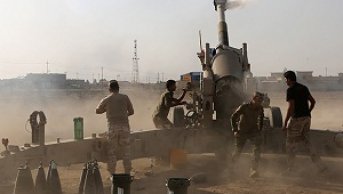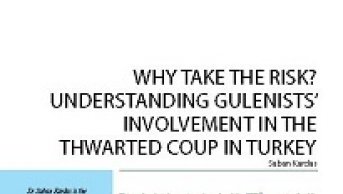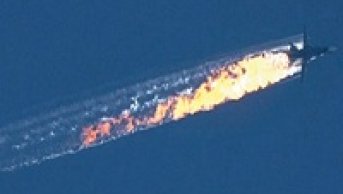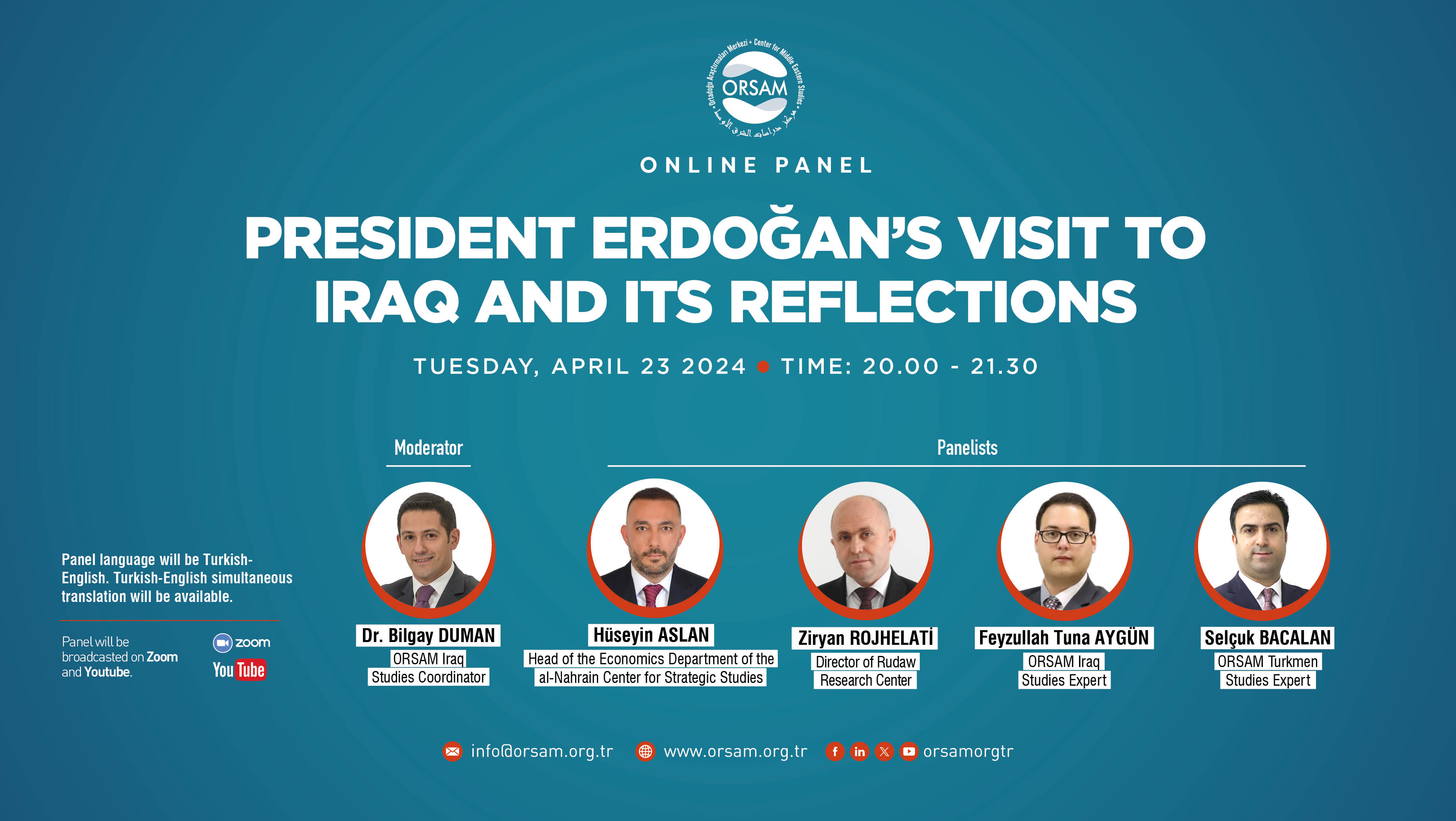The Middle East on the threshold of the second disintegration in the 100th anniversary of the Sykes-Picot Agreement
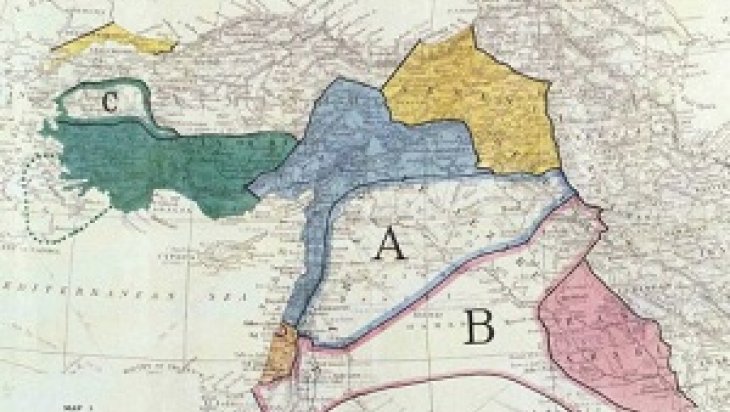
In the 100thanniversary of the Sykes-Picot Agreement, the Middle East is going through a spiral of conflict and instability.The order created by this and other treaties underscoresthe formation of the post-Ottoman modern Middle East under western intervention.The challenges faced by Iraq and Syria, both products of Sykes-Picot order,are strengthening the thesis about redrawing borders in the region.
The actors, whose expectations were not met in the new order formed by Sykes-Picot and the series of other agreements, tend to see the instability in the region as an opportunity to change the current system.Having gained increased visibility at regional and international level, the Kurds frequently express their demands ranging from independence to having broader rights in the states they live in. How these demands, which might trigger disintegration of the states in the Middle East as in the case of Iraq, will be managed both at national and regional scale will also determine the new form of the regional order in the next period. While the disintegration thesis is mentioned frequently, oversimplifying the debate of regional order to ‘future of the borders’ risks downplaying the other important dimensions of the current challenges in the Middle East.
Towards a new fragmentation?
When the Sykes-Picot order was applied to practice, it signified the first major disintegration of the Middle East after the Ottoman period.Today, the conflicts in Iraq and Syria are rendering the disintegration dynamics in the region a de facto reality.The forces of fragmentation, which are consolidated with the ongoing civil wars fought along the axis of subnational ethnic, local or sectarian identities,may pave the way for the second great disintegration,if they gain legal recognition as a conflict resolution paradigm.
While the first disintegration in the Middle East has caused misery and destruction, it also has bred disputes, which still waits for a just and fairsolution, which can be seen in the example of the Palestine dispute.Moreover, the emergence of a Middle Eastern states system, which has been open to foreign intervention, has been another byproduct of the Sykes-Picot order.The process of disintegration that we face today is also taking shapeunder the destructive influence of the external factors and extra-regional actors. When one takes into account the issue of socio-economic development or other current challenges, such as demographic trends, the driftof the Middle East towards a second disintegration will bring about a process of deep structural instability in the coming years.
Whether this great historical transformation will evolve in the direction of the second major disintegration is going to be determined by how the conflicts in Iraq and Syria will be managed.In an environment, where the civil war has dragged on, the ISIS threat could not be eliminated militarily, and the search for a diplomatic solution to the Syrian crisis has come to a deadlock, the disintegration of Iraq or Syria based on the ethno-sectarian referenceshas become a political option, which is being uttered increasingly. Nonetheless, narrowing the ongoing discussion on the regional order to the issue of redrawing the borders and formation of new states may blur our understanding of other structural problems which may shape the future of the Middle East.
The Issue of Governance
The main reason that has triggered the current crisis in Iraq and Syria is the inability of the political systems to deliver solutions to structural problems that the societies are undergoing. The artificiality of the current borders and their disconnect from local demographic and sociological reality is a significant reason for the instability and the conflicts that the Middle East is facing today. Another reason for the problems of the region is the failure of the Middle Eastern political actors to develop effective governance mechanisms in the post-Ottoman period. For example, the reason why ethnic and sectarian issues have become the main reference for today’s conflicts is that the nation-states in the regionhave been unable to develop governance models, which take account of heterogeneous social realityand meet the demands of different identity groups. Moreover, the Middle Eastern order could not develop institutionalized state structures that meet the basic needs of the citizens, and create a model which is socio-economically and politically sustainable and stable. There is no sign that the new states, which may emerge after a prospective second disintegration, will be successful in these areas.
An Uncertain Future
When we look at the other factors that lay behind the conflicts in Iraq and Syria, we should consider that a potential disintegration will not eliminate these issues in the short term. It is impossible that the rivalry between different ethno-sectarian groups in Iraq regarding resources, land and political power would be resolved, if those ethno-sectarian groups gain their independence. Moreover, as it can be seen in the deepening struggle between the Shia groups recently, the deep internal divisions within thesame groups should not be underrated. Similarly, it is quite possible that the issues, such as disputed regions, will become more unmanageable rather than moving toward resolution. Different groups’ search for consolidating their areas of control in the new administrative structures and the aggravation of the structural problems into hot conflicts may pave the way for a bloody transition period. There is no guarantee that emerging new state structures will contribute to the regional stability and the interests of the very same groups driven by identity politics.
Foreign Interests
The most criticized aspect of the Sykes-Picot order is that it represents artificiality and external imposition. In this sense, it can be said that the transformation process in the current regional order reflects an anti-systemic stance and a search for locality.The environment of conflict and instability, which the region is going through, can also be seen as local actors’ search for self-determination. It is noteworthy that especially the Iraqi-Kurdish leadership, who feel disadvantaged by the Sykes-Picot order, accentuate their independence thesis in the context of their broader argument that this order is in need of revision.
It should, however, be realized that the external factors are still determinant in the region, and that the future of conflicts in Iraq or Syria cannot be handled without taking into account the positions of international actors. Besides the effects of global powers on the military dimension of the Syrian civil war, it is obvious that the Vienna and Geneva processes have also been shaped mostly by global dynamics. Similarly, the most important factor that has preventedIraq’s total dissolution and made its fight against ISIS possible is international support that Iraq has enjoyed. International interests will remain as determinant factors in the new order, too. Although some ethno-sectarian actors in the region incite fragmentation dynamics from the perspective of their own group interests, it is controversial whether international interests will support them.
If the second major fragmentation wave becomes the case, it will trigger more bloody conflicts and an unstable process for the future of the Middle East. Today, the real priority of the region is mitigating conflicts, focusing on governance issues, and realizing the process of regional integration which will narrow the ground for external intervention.
This article was published in Ortadoğu Analiz journal with the title of "The Middle East on the threshold of the second disintegration in the 100th anniversary of the Sykes-Picot Agreement”

